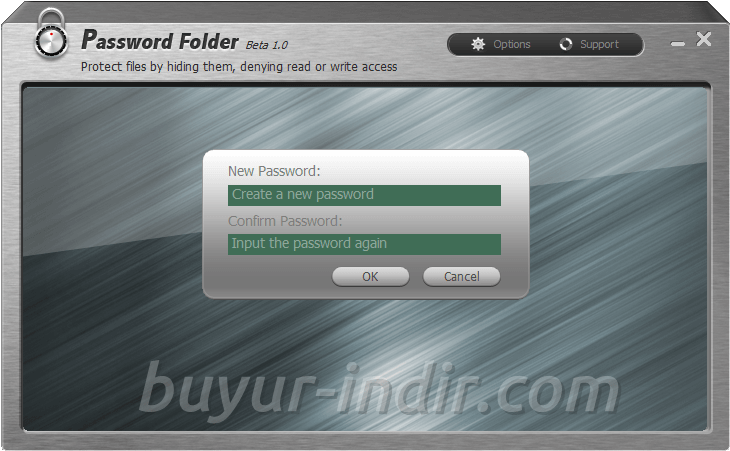


To test this hid an inconsiquential folder and try rebooting into safe mode and it is likely they will still be fully accessible as the driver/api hook will probably not be loaded in safe mode. Akin to malware rootkit technology or before that the way lenovo hid certain folders on some of their workstations in earlier this century. Ricohflex, it is most likely that this does nothing to the files or folders as far as the file system layout is concerned but far more likely leverages a kernel driver or API hook to intercept file system access to filter out the "protrcted" folder/s and contents from standard filesystem access unless the requisite password/s is/are entered. It could be really invasive and install itself into safe mode drivers and still be hidden in which case rebooting into liveCD or USB stick with a completely different operating system like bartPE or Ubuntu and if the "protected" folders are still not accessible then your concerns are valid but I doubt the files will still be concealed! iObit developers are not that talented!



 0 kommentar(er)
0 kommentar(er)
